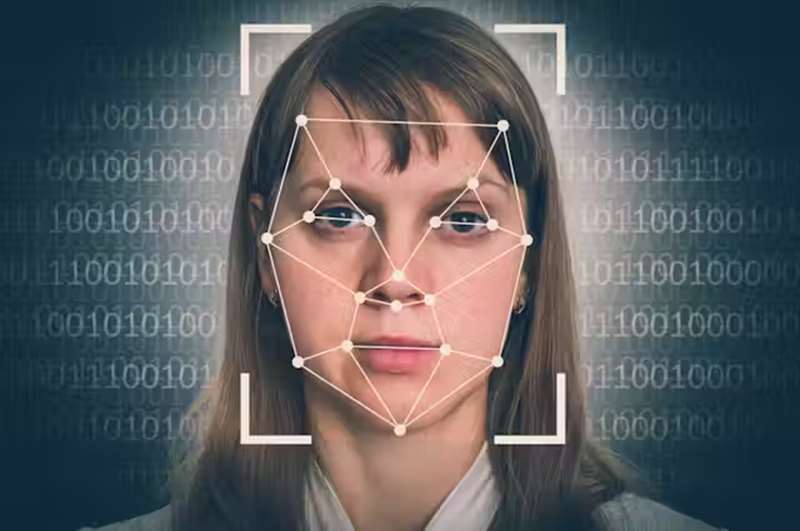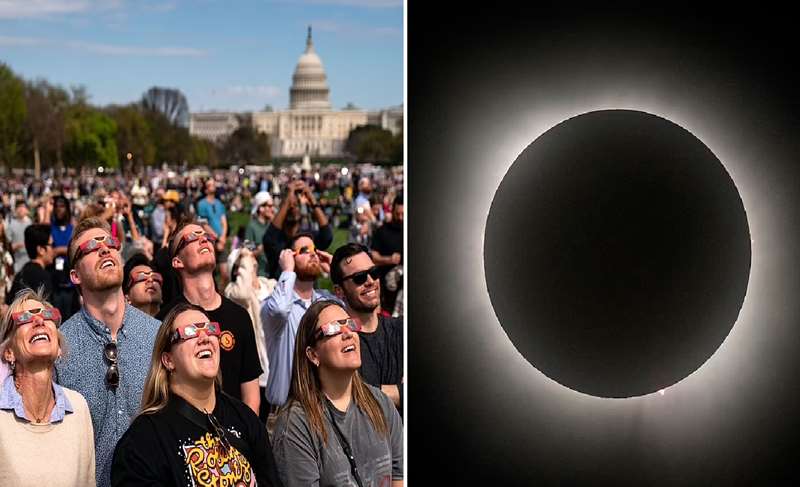How to protect yourself from deepfake videos

Protecting yourself from deepfake videos
Protecting yourself from deepfake videos involves a combination of awareness, vigilance, and technological solutions. Here are some steps you can take to safeguard against the potential harms of deepfake videos:
Be Skeptical: Develop a critical mindset and approach any video content with skepticism, especially if it seems sensational or questionable. Consider the source of the video and whether it aligns with known facts.
Verify Sources: Verify the authenticity of videos by cross-referencing information with trusted sources or news outlets. Look for multiple credible sources confirming the information presented in the video.
Check Context: Pay attention to the context of the video, including where and when it was recorded, and whether the content seems plausible in that context. Deepfakes may have inconsistencies or errors that give away their falseness.
Watch for Signs of Manipulation: Look for signs of manipulation such as unnatural facial movements, glitches, or inconsistencies in audio and visual elements. Deepfake videos may have subtle clues that reveal their artificial nature.
Use Reverse Image Search: If you suspect a video may be a deepfake, consider using reverse image search tools to look for the original source of the content or similar videos online.
Stay Informed: Stay updated on the latest advancements in deepfake technology and methods for detecting them. Knowledge is key to recognizing and protecting yourself from deepfake videos.
Enable Content Authentication Tools: Some social media platforms and video-sharing websites offer content authentication tools or features to help users verify the authenticity of videos. Enable these features when available.
Report Suspected Deepfakes: If you encounter a suspected deepfake video, report it to the platform or website hosting the content. Reporting suspicious content helps raise awareness and mitigate the spread of misinformation.
Use Watermarking and Digital Signatures: Content creators and organizations can use watermarking and digital signatures to verify the authenticity of their videos and protect them from manipulation.
Support Research and Development: Support ongoing research and development efforts aimed at detecting and mitigating the impact of deepfake technology. Collaborative efforts involving researchers, policymakers, and technology companies are essential for combating the spread of deepfake videos.
By being vigilant, staying informed, and leveraging available tools and resources, individuals can reduce their vulnerability to deepfake videos and mitigate their potential impact.









পাঠকের মন্তব্য